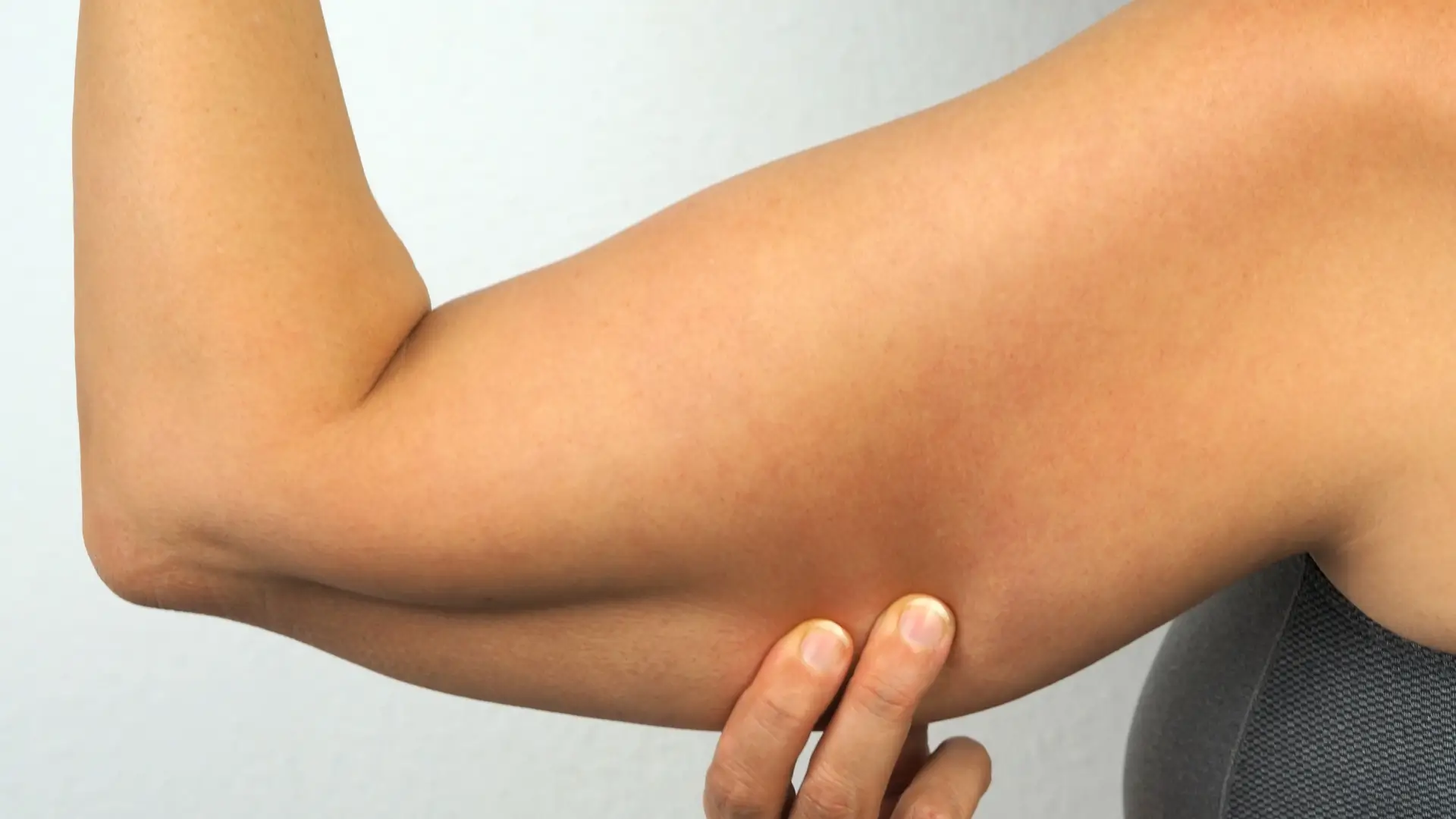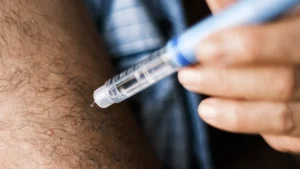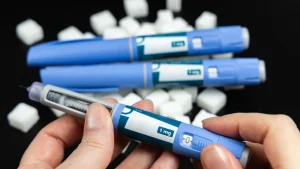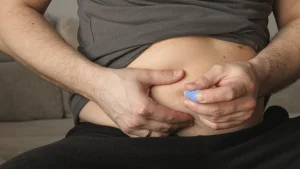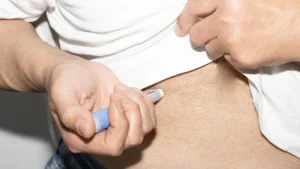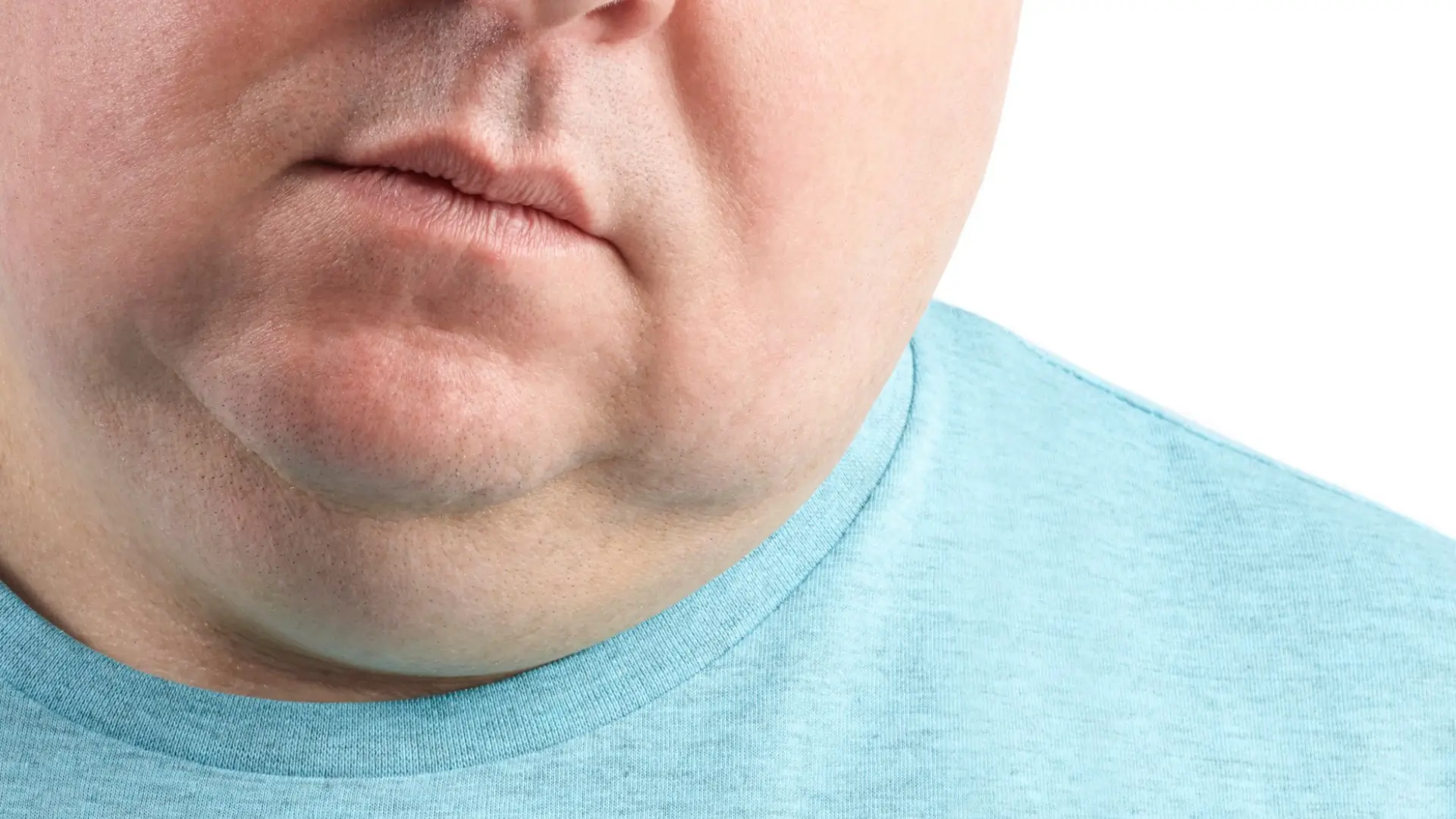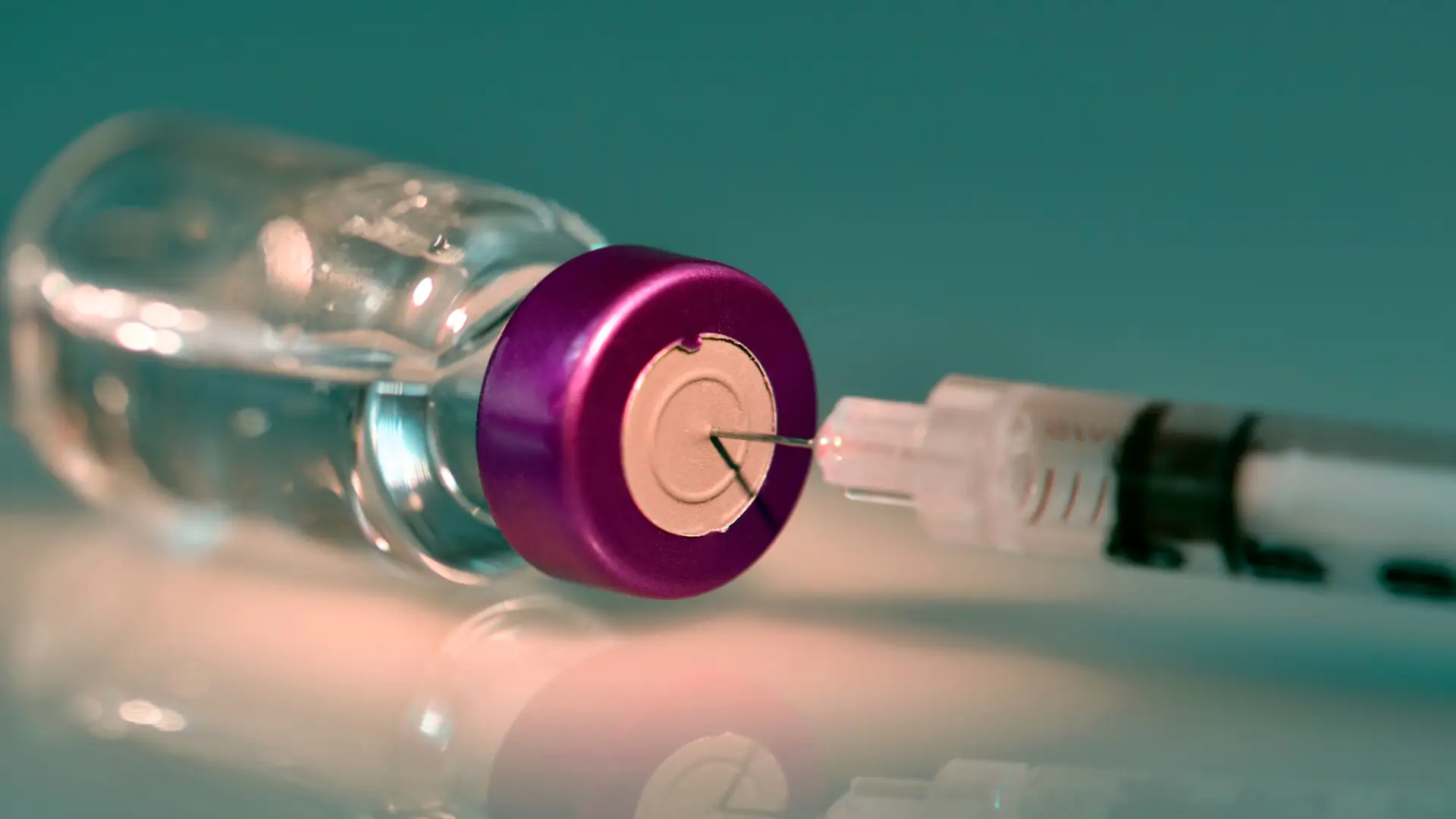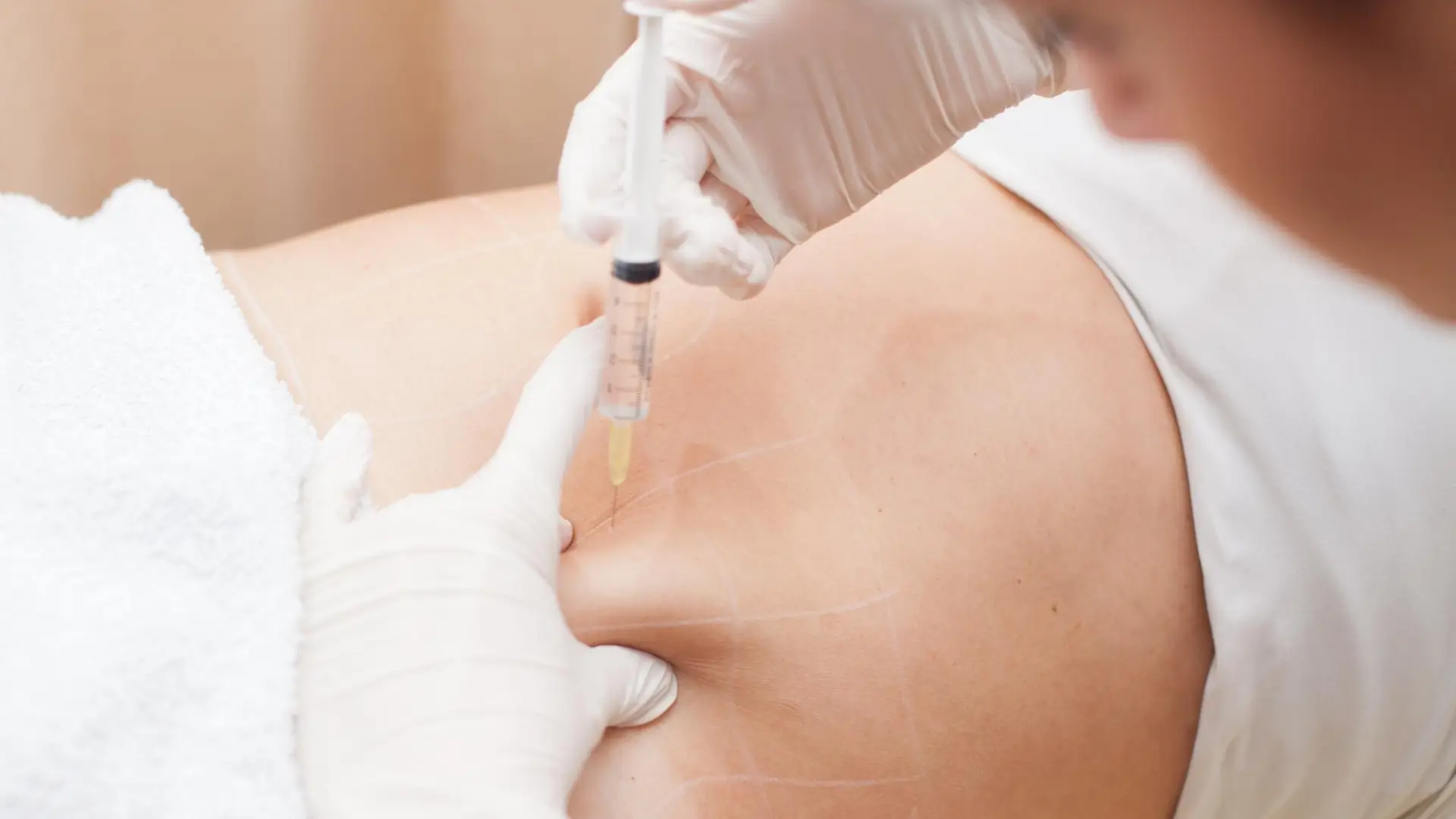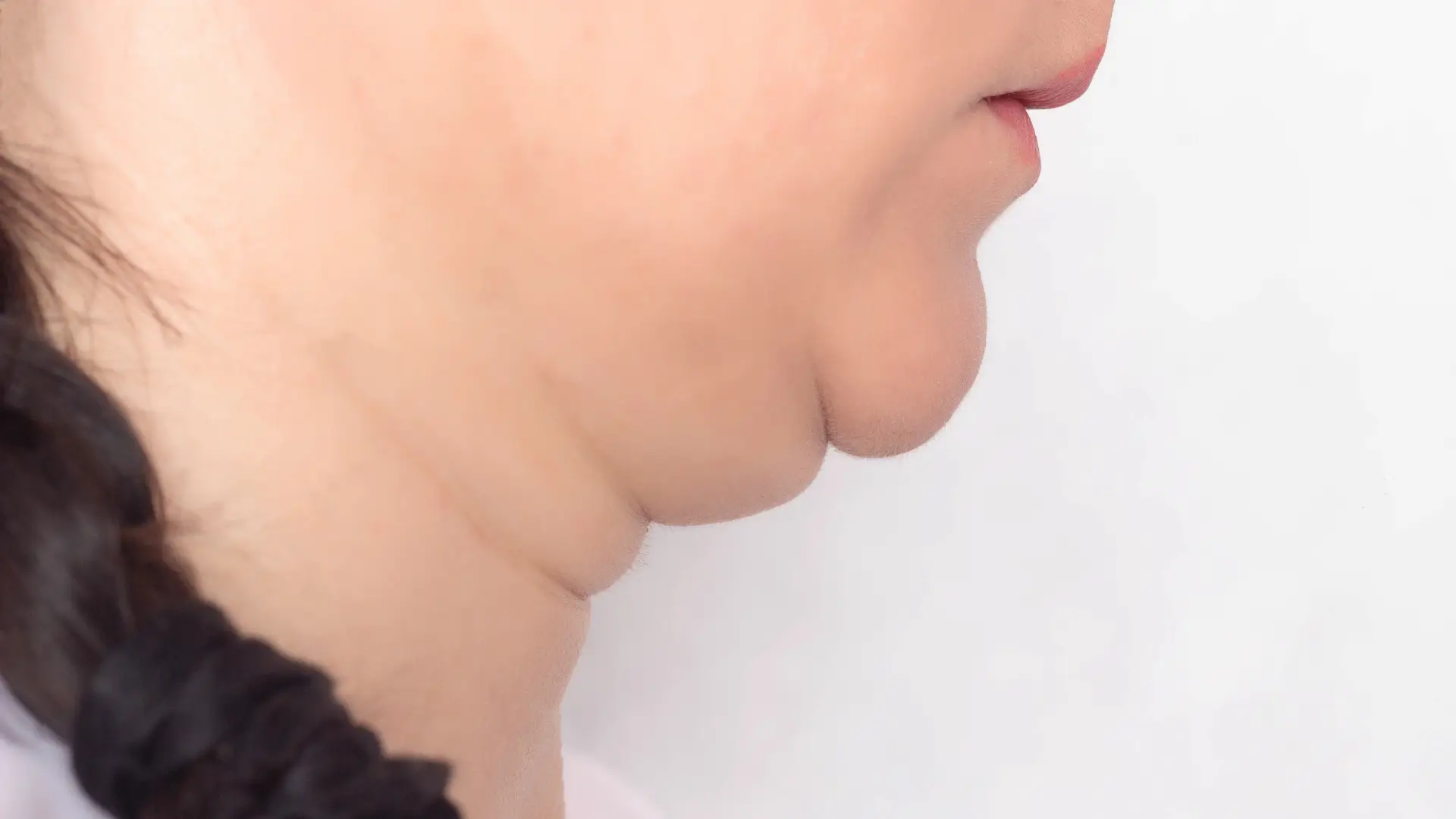Upper-arm contouring continues to be a popular request in clinics—and for good reason. According to the American Society of Plastic Surgeons, tens of thousands of arm lift (brachioplasty) surgeries were performed in the U.S. in 2024 alone. But while surgery can be effective, many people are now looking for non-surgical ways to slim their arms and get rid of so-called “bingo wings“—without the need for general anesthesia or long scars.
Aqualyx is a fat-dissolving injectable that’s gaining attention as a less invasive alternative. This CE-marked treatment uses deoxycholic acid, embedded in a galactose-based gel, to break down unwanted fat cells in targeted areas like the upper arms. Once destroyed, the fat is naturally cleared away by the lymphatic system, with minimal downtime and no incisions.
In this article, we’ll take a closer look at how Aqualyx works for arm slimming. We’ll explore its mechanism of action, injection protocols, what the science says, and how patients and practitioners can work together to achieve smoother, more sculpted arms.
Key Takeaways
- Upper arm fat, or “bingo wings”, often resists diet and exercise due to hormonal shifts, aging, and low lipolytic receptor activity.
- Aqualyx is a CE-marked injectable that uses deoxycholic acid in a galactose-based matrix to chemically disrupt fat cells for gradual removal.
- It is not FDA-approved in the United States, and clinical results are based on observational data and real-world use, not large RCTs.
- The Aqualyx treatment involves targeted injections into the upper arms over 2–4 sessions, with results typically visible 6–8 weeks after the final treatment.
- Qualified candidates include healthy adults with localized fat pockets (1.5–4 cm thick) and good skin elasticity.
- Common Aqualyx side effects include swelling, tenderness, bruising, and temporary firmness, especially in the first 2–3 days.
- Rare complications such as infection or skin necrosis highlight the importance of choosing trained and licensed professionals for Aqualyx administration.
About: Medica Depot is your trusted all-in-one supplier, offering a range of high-quality medical injectables and supplies. If you’re looking to buy Aqualyx, contact Medica Depot’s sales representatives and they will guide you on how to do so. Whether for health professionals, plastic surgeons, dermatologists, licensed estheticians, or other specialists, we can offer genuine, brand-name products you may need. With Medica Depot, we prioritize serving you better to improve the patient’s quality of life.
Aqualyx Arms: Why Upper Arm Fat (‘Bingo Wings’) Persists
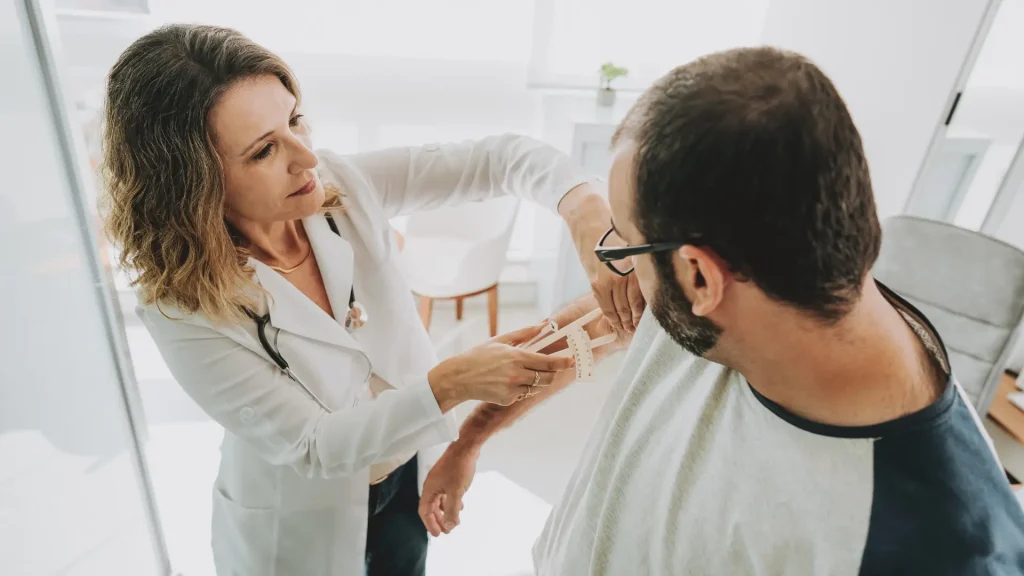
Upper arm fat, often called “bingo wings,” is a common cosmetic concern. Many patients struggle with this treatment area because it does not always respond to diet or exercise. The persistence of stubborn fat in the arms has anatomical and hormonal causes, making it resistant to conventional weight-loss strategies. As a result, patients increasingly seek non-surgical methods such as Aqualyx injections for localized contouring.
Several factors contribute to fat persistence in the upper arms:
- Adipose Lobules: The triceps region contains distinct fat deposits within the subcutaneous tissue. These lobules are known to have fewer receptors that mobilize fat, which makes the area less responsive to systemic weight reduction. Even when a patient loses overall body fat, the upper arms may remain disproportionately fuller.
- Hormonal and Aging Influences: Changes in hormones also contribute to fat storage in this area. During menopause, reduced estrogen shifts fat distribution toward the arms and torso. At the same time, the natural decline of collagen and elastin weakens skin support, causing sagging in combination with fat accumulation. These physiological shifts explain why bingo wings often become more pronounced with age.
- Limited Lipolytic Response: Upper arm fat shows a limited reaction to lipolytic (fat-burning) signals. Research highlights that this region has relatively fewer β-adrenergic receptors, which are key to activating fat breakdown. This reduced receptor density explains why arm fat tends to resist standard weight-loss efforts compared to other treatment areas, such as the abdomen or thighs.
These unique challenges make targeting upper arm fat particularly difficult. However, Aqualyx treatment offers a minimally invasive alternative. By injecting deoxycholic acid into localized fat deposits, Aqualyx injections break down fat cells, allowing the body to eliminate them gradually.
For patients who wish to avoid surgery, this option offers a controlled way to reshape the upper arms and enhance overall contour, while maintaining natural-looking results.
Aqualyx Arms: Mechanism of Fat Dissolution in Upper Arms
For patients asking, “Does Aqualyx work?” for treatment areas like the upper arms, the answer lies in its targeted action and chemical mechanism. Aqualyx is a CE-marked injectable that contains deoxycholic acid suspended in a galactose-based gel matrix. While not FDA-approved in the U.S., it is used in many global markets for localized fat reduction.
Unlike hormonal or metabolic processes, Aqualyx works by chemically disrupting fat cell membranes, which is a process known as adipocytolysis. Once injected directly into the fat lobules:
- Deoxycholic acid breaks down the cell membranes of adipocytes
- The contents, primarily triglycerides, are released into the interstitial space
- These are then processed through the lymphatic system and eventually metabolized by the liver
Importantly, this process bypasses hormonal resistance by acting directly on the fat cells, offering results even in receptor-poor areas like the upper arms.
However, success depends on accurate dosing and technique, which is why patients should only receive treatment from licensed professionals trained in Aqualyx administration. Misplacement or overuse may lead to complications, such as nodules or uneven contouring.
Aqualyx Arms: Treatment Plan and Injection Technique
To achieve safe and predictable results, an Aqualyx treatment for the arms requires a structured plan tailored to the patient. Practitioners begin by assessing stubborn fat deposits, skin elasticity, and the patient’s overall medical history. This evaluation helps confirm whether the patient is a good candidate and rules out contraindications such as skin concerns, liver disease, pregnancy, or certain autoimmune conditions.
A typical arm protocol involves several staged sessions rather than a single visit. This gradual approach allows the body time to process dissolved cells and adapt naturally. A treatment plan may include:
- 2 to 4 sessions, spaced 4–6 weeks apart
- 1 to 2 vials of Aqualyx per session, depending on the treatment area
- Baseline photos and measurements to monitor fat reduction over time
- Comprehensive aftercare guidance and follow-up visits to review progress
By spacing out Aqualyx injections, practitioners allow the body time to clear the targeted fat deposits, reducing the likelihood of overcorrection or uneven contouring.
Aqualyx Administration
During the procedure, trained providers follow standardized injection methods to maximize safety:
- Mark a 1 cm grid or fan pattern on the upper arm to guide precise placement
- Use either a 25–27G needle or a 22–25G blunt cannula
- Administer 0.1–0.2 mL microboluses at a depth of 4–9 mm
- Inject slowly and steadily to minimize discomfort and tissue stress
- Apply gentle pressure afterward to help distribute the solution evenly
Clinicians trained in Aqualyx protocols learn to maintain strict aseptic technique, minimizing the risk of infection or skin damage. Patients are also advised to follow all aftercare instructions, including avoiding strenuous activity and maintaining hydration, which supports fat clearance.
Aqualyx Arms: Results, Suitability & Safety
Results with Aqualyx arms treatments are progressive, with most patients seeing early smoothing within a few weeks after the first session. Marllor Biomedical notes that full contour changes are typically seen by weeks 6 to 8 following the final session, though results may vary depending on the individual and technique.
Ideal candidates generally meet the following criteria:
- Healthy adults at or near their target weight
- Localized fat pockets measuring 1.5–4 cm in thickness
- Good skin elasticity for natural post-treatment retraction
- No active infection, autoimmune condition, pregnancy, or breastfeeding
Common side effects may include:
- Swelling, especially in the first 2–3 days
- Redness, tenderness, and bruising at injection sites
- Temporary firmness or nodules, usually resolving without intervention
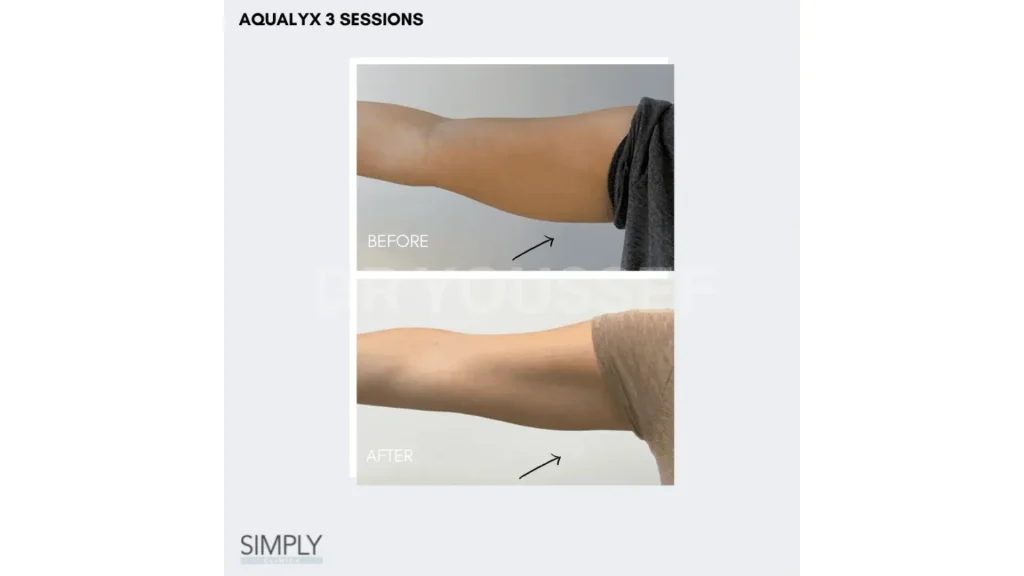
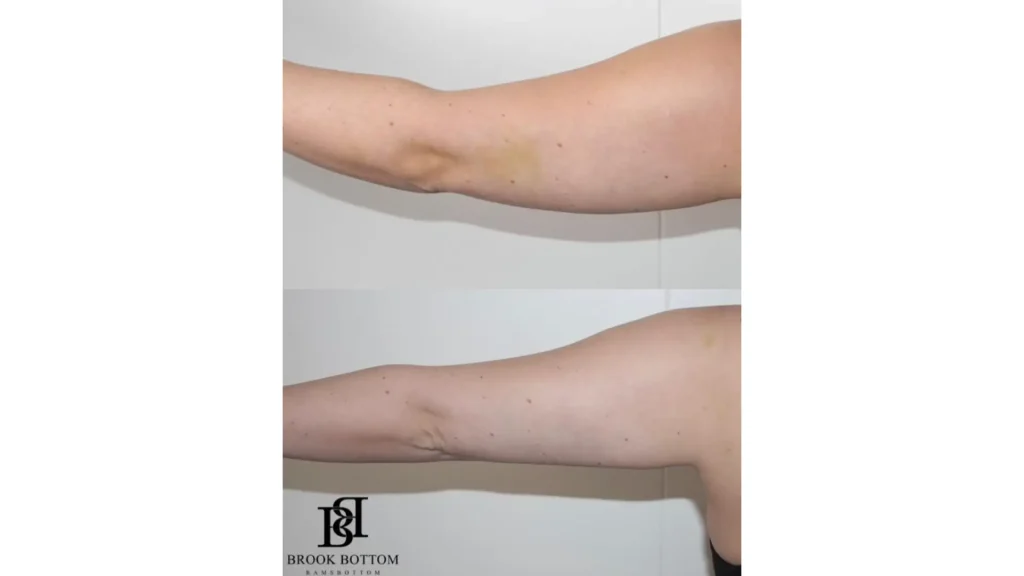
Practitioners and patients have reported rare but serious complications (e.g., infection, prolonged inflammation, or skin necrosis) in cases of incorrect administration, reinforcing the importance of seeking care from trained providers.
Many patients report high satisfaction after completing their sessions, mainly when supported with photos, measurement tracking, and realistic expectations.
Conclusion
Aqualyx for arms offers a non-surgical solution for individuals who want to reduce stubborn upper arm fat without causing scars or requiring anesthesia. By using deoxycholic acid to break down fat cells directly, it targets areas like the triceps that are often resistant to other methods.
However, it’s important to remember that the FDA has not approved Aqualyx in the United States, and results depend on the skill of the injector and the patient’s adherence to aftercare. When performed properly, Aqualyx can create smoother, more contoured arms, giving patients greater confidence and comfort in their appearance.
FAQs
1. What is Aqualyx, and how does it work for upper arm fat?
Aqualyx is an injectable treatment that uses deoxycholic acid to break down fat cells in the upper arms, improving contour non-surgically.
2. How many treatments are typically needed for Aqualyx to be effective?
Most patients need 2 to 4 sessions, spaced 4 to 6 weeks apart, depending on the amount of fat and desired outcome.
3. What should patients do before and after Aqualyx treatment?
Patients should receive a comprehensive consultation. After treatment, they must follow aftercare instructions to reduce swelling and ensure optimal results.
References
American Society of Plastic Surgeons. 2024 ASPS Procedural Statistics Release. PlasticSurgery.org. Published 2024. Accessed August 22, 2025. https://www.plasticsurgery.org/documents/News/Statistics/2024/plastic-surgery-statistics-report-2024.pdf
Felton A. How to Lose Arm Fat. WebMD. Published February 14, 2025. https://www.webmd.com/beauty/how-to-lose-arm-fat
